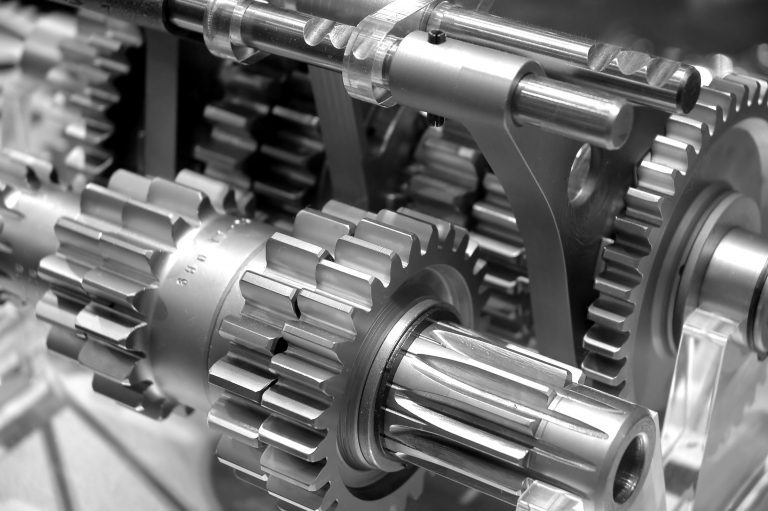For over 30 years, MicrodB has integrated all the advances in signal processing to offer its clients and customers the best algorithms for acoustic source identification. Our PhD engineers master the limits of a simple channel formation algorithm, right down to the sensitive parameters of the most advanced inverse methods, to guarantee the best possible results.
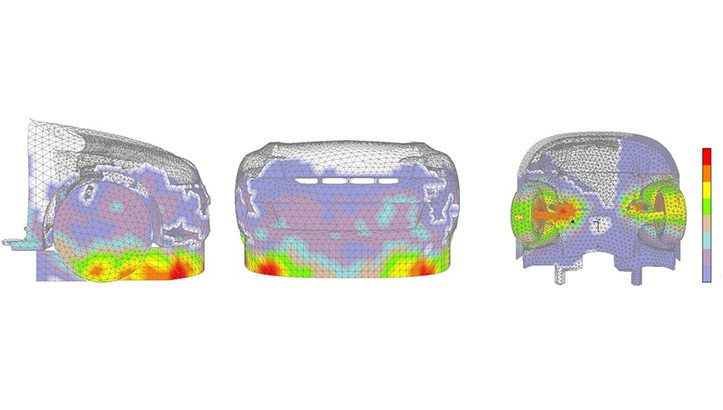
Acoustic Imaging
Know-how based on a team of experts and mastery of algorithms (from the simplest to the most complex) for locating, separating and quantifying noise sources
Our Commitments
01
Customer-oriented expertise
02
Good spatial separation
03
Source contribution and quantification
04
Solutions tailored to your needs
Our Services
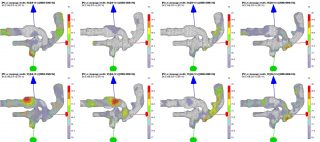
Acoustic imaging is an effective methodology for identifying noise sources contributing to the noise level of products under development and validation. Technologies evolve, and while they initially enabled spatial noise source location, 3D measurement and processing, developed more recently through R&D projects, take the analysis a step further, associating them with a component, quantifying its radiated power to validate compliance with a specification, or correlating the results with a simulation.
Learn more
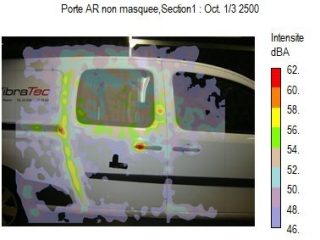
MicrodB’s 3D tools and processing, adapted to measurements in closed environments or coupled chambers, will help you detect leaks and weaknesses, right through to characterizing the acoustic transparency of panels. To optimize cabin comfort, they allow you to prioritize the sources contributing most to the passenger’s listening point.
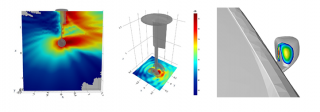
Over the last 10 years, MicrodB has developped expertise in acoustic imaging in disturbed aero-acoustic environments, with the development of advanced algorithms. These enable optimal denoising, the use of a monopole or dipole source model, and advanced inverse methods for identifying 3D source distribution on a mesh of an object measured in flow.
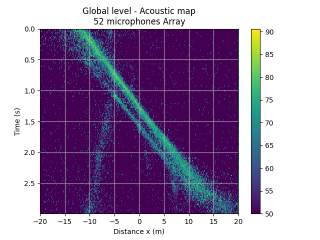
MicrodB has been working for 20 years on the development of acoustic imaging tools adapted to the passing noise of different types of mobile sources: aircraft, marine, trains, urban vehicles, etc. Its expertise enables it to adapt array geometry and processing to the spatial separation criteria required.
Acoustic Imaging


